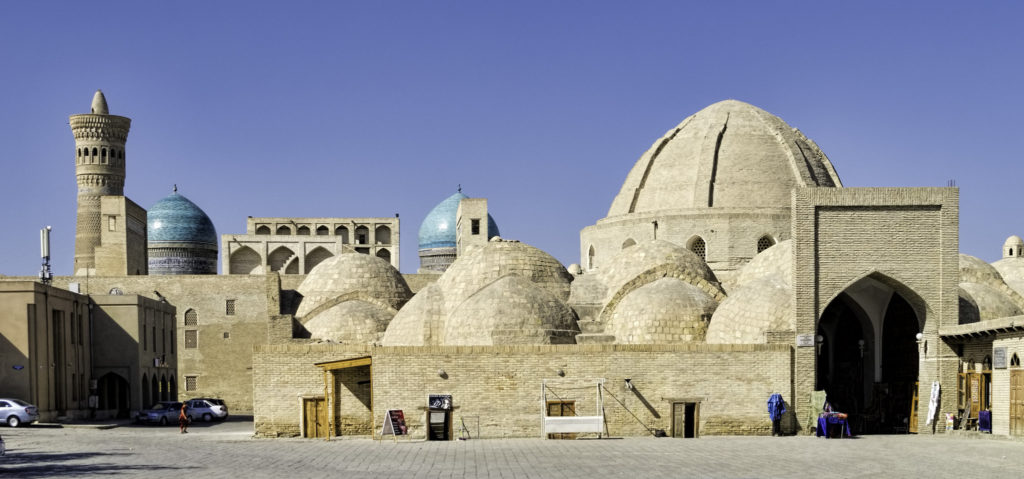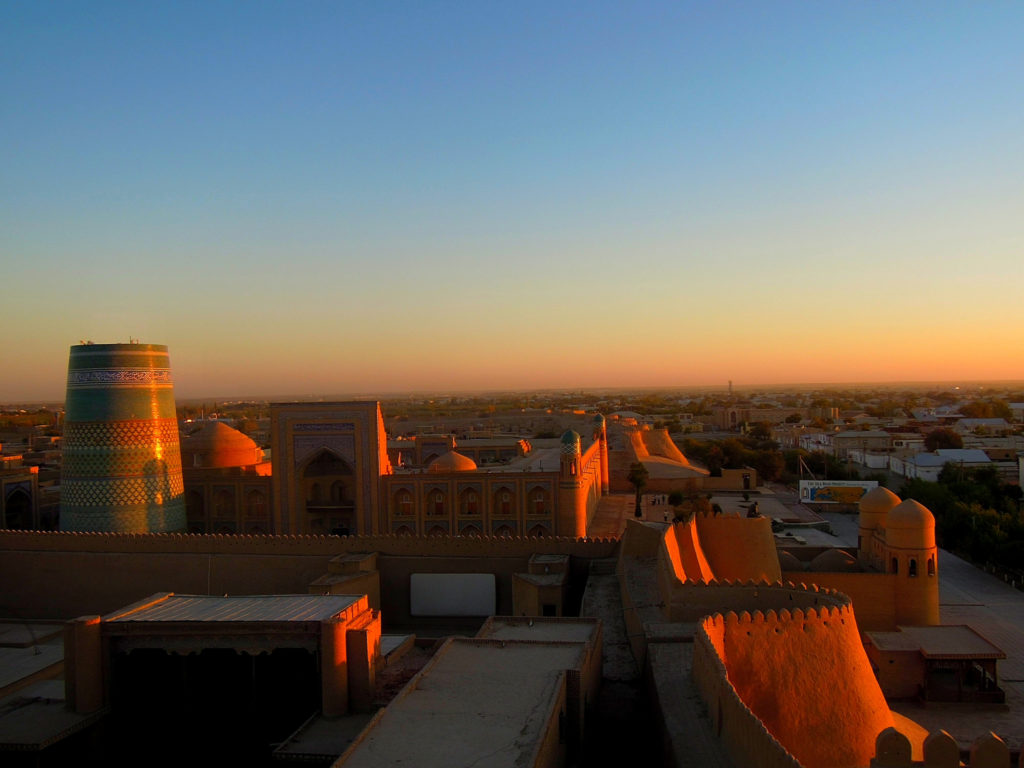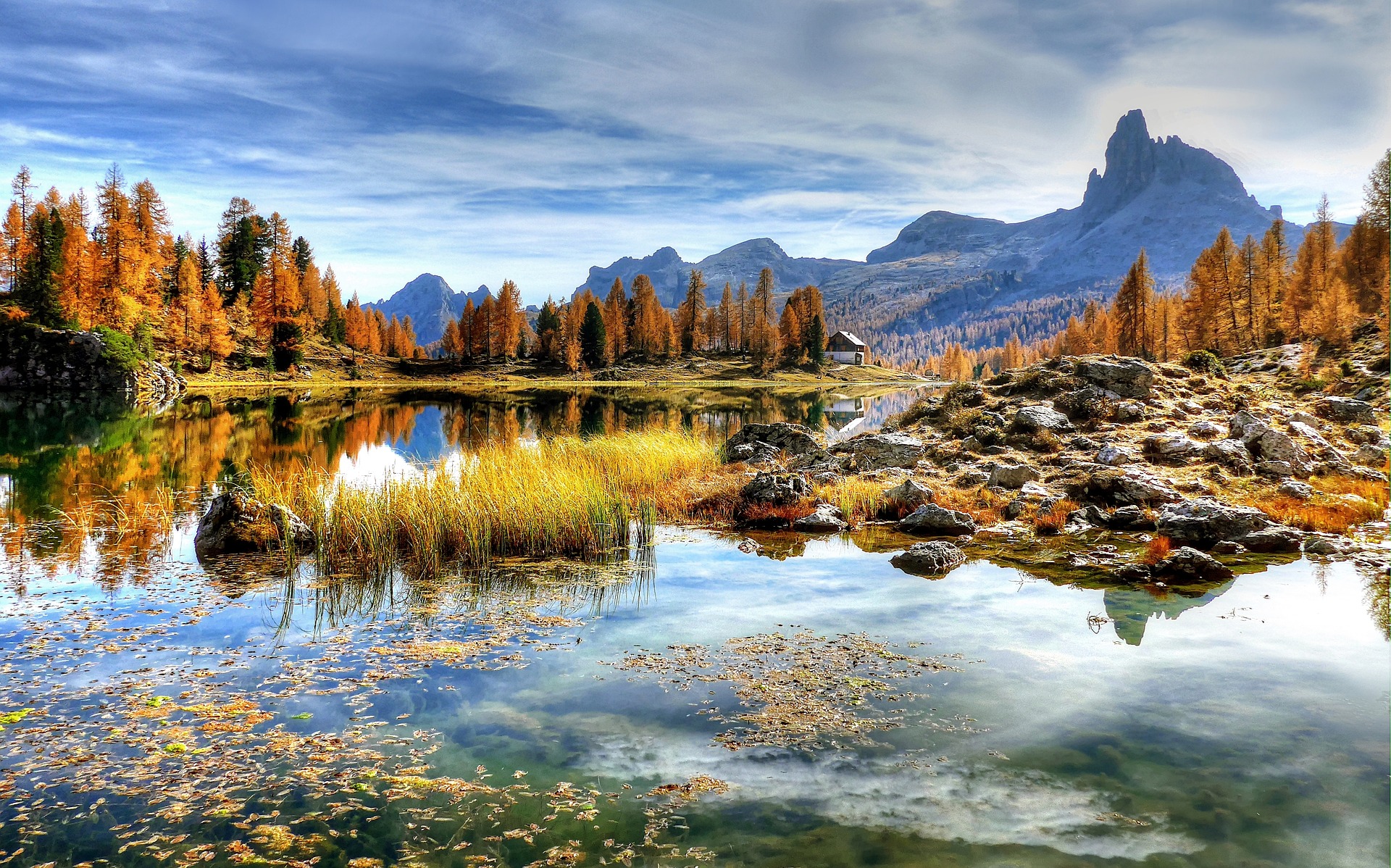 Uzbekistan is
home to five UNESCO World Heritage sites: the historic center of the
medieval city of Bukhara; the historic center of Shakhrisyabz, with its
collection of exceptional monuments; Itchan Kala, the inner fortress of the
oasis of Khiva; the nearly 3,000-year-old city of Samarkand; and the Western
Tien-Shan, part of one of the world’s largest mountain ranges. But what
exactly are World Heritage sites, and what does it mean when a city,
monument, or natural wonder earns designation as one? Read on for answers to
some of the most frequently asked questions about UNESCO’s World Heritage
Centre and the 1972 World Heritage Convention.
Uzbekistan is
home to five UNESCO World Heritage sites: the historic center of the
medieval city of Bukhara; the historic center of Shakhrisyabz, with its
collection of exceptional monuments; Itchan Kala, the inner fortress of the
oasis of Khiva; the nearly 3,000-year-old city of Samarkand; and the Western
Tien-Shan, part of one of the world’s largest mountain ranges. But what
exactly are World Heritage sites, and what does it mean when a city,
monument, or natural wonder earns designation as one? Read on for answers to
some of the most frequently asked questions about UNESCO’s World Heritage
Centre and the 1972 World Heritage Convention.
What is World Heritage?
Broadly speaking, the term “heritage” is all about our legacy from the past and what we do with that legacy in the present to ensure that it is preserved for future generations. The United Nations Educational, Scientific and Cultural Organization (UNESCO) defines as “World Heritage” those places on Earth that have outstanding universal value to humanity and that are considered to be irreplaceable sources of life and inspiration. World Heritage can refer to places and sites that are either natural, like Australia’s Great Barrier Reef, or cultural, like the Pyramids of Egypt.
What is UNESCO’s mission regarding World Heritage?
UNESCO is dedicated to the preservation and protection of World Heritage. To achieve this goal, UNESCO advocates for countries to become signatories of the World Heritage Convention, encourages nations to nominate sites within their territory to the World Heritage List, and helps them to establish plans and reporting systems for the management of those sites. It also promotes local participation in heritage preservation and facilitates international cooperation in the conservation of vital natural and cultural legacies. Further, UNESCO provides practical support—like emergency assistance for World Heritage sites that are at immediate or serious risk of damage or destruction—and technical assistance and professional training to nations to help them safeguard their World Heritage properties.

What is the World Heritage Convention?
The Convention Concerning the Protection of the World Cultural and Natural Heritage is the official international agreement (adopted in 1972 by the General Conference of UNESCO) that deals with the preservation of the natural and cultural places that form part of the common heritage of humankind. The Convention sets out the duties and obligations that its signatories must fulfill, explains the conditions under which nations can obtain international financial assistance, and describes the functioning of the World Heritage Committee (the body responsible for implementing the Convention). When countries ratify the Convention, they are declaring their intention to unite together on a mission to identify and safeguard the world’s exceptional heritage sites. They are also accepting that the responsibility for such preservation belongs to the international community as a whole.
What were the origins of the World Heritage Convention?
The idea of an international movement dedicated to the protection of heritage dates back to the end of World War I, but it wasn’t until the late 1950s that people took concrete action in this direction. The catalyst for the creation of the World Heritage Convention was the construction of the Aswan High Dam in Egypt in 1959. Realizing that this would lead to the flooding of the valley containing the Abu Simbel temples, one of the most treasured sites of ancient Egyptian civilization, UNESCO launched an international campaign to safeguard the temples. Thanks to substantial donations from some 50 countries around the world, UNESCO was able to accelerate archeological research in the areas to be flooded, and dismantle the temples and reassemble them in a safer area. This initiative demonstrated both the need for and the power of international solidarity in the preservation of our heritage.

How do sites get on the World Heritage List?
To be added to the World Heritage List, a site must by nominated by the country in which it is located. Only countries that have ratified the World Heritage Convention can nominate properties on their territory. Typically, a country will create a tentative list or inventory of important natural and cultural sites. It will then present a nomination file, with support from UNESCO, to two Advisory Bodies as required by the World Heritage Convention. These bodies make a recommendation to the World Heritage Committee, which then makes the final decision whether or not to include nominated sites on the World Heritage List. Nominated sites must meet at least one out of 10 selection criteria (these criteria include constituting an exceptional testimony to a cultural tradition or civilization, and containing superlative natural phenomena).
What does it mean when a site is on the World Heritage List?
Adding a site to the World Heritage List helps governments and citizens increase awareness, both locally and internationally, of the need for heritage preservation. Improved protection and conservation efforts are usually directed towards properties on the List; in addition, countries may receive financial support or expert advice from the World Heritage Committee to enhance their preservation efforts.

Sorry, comments are closed for this post.